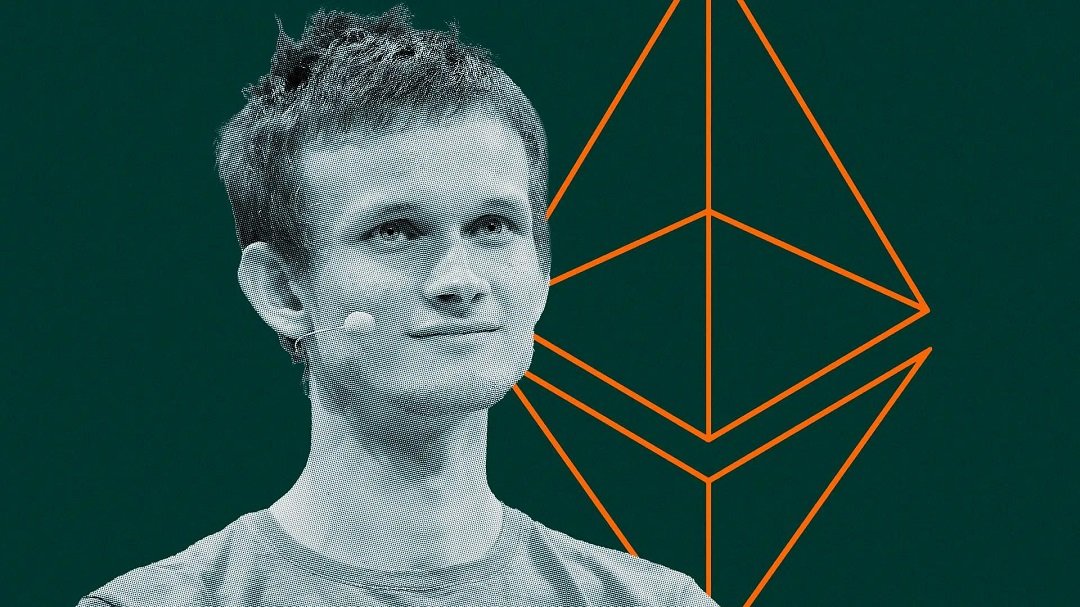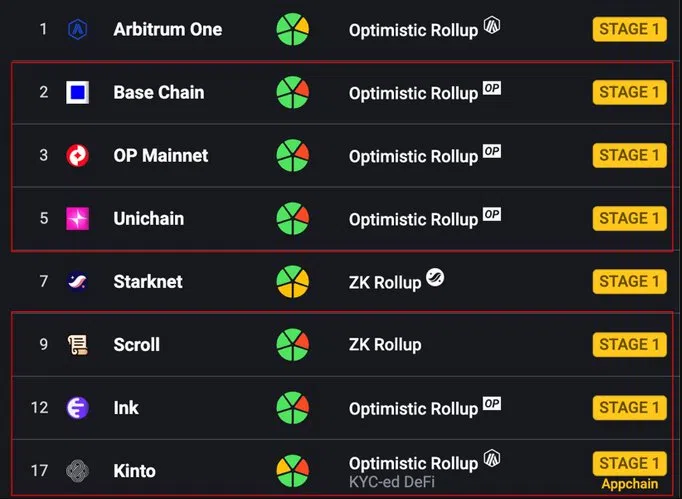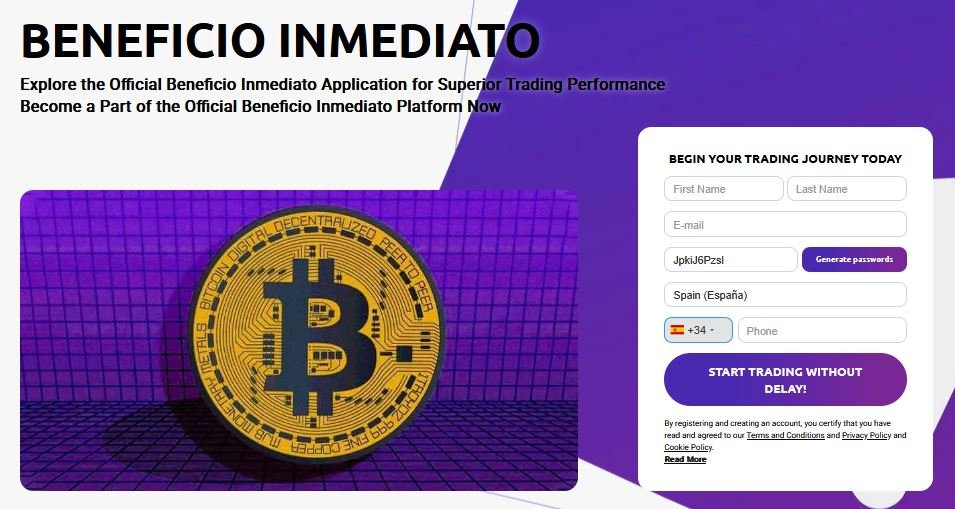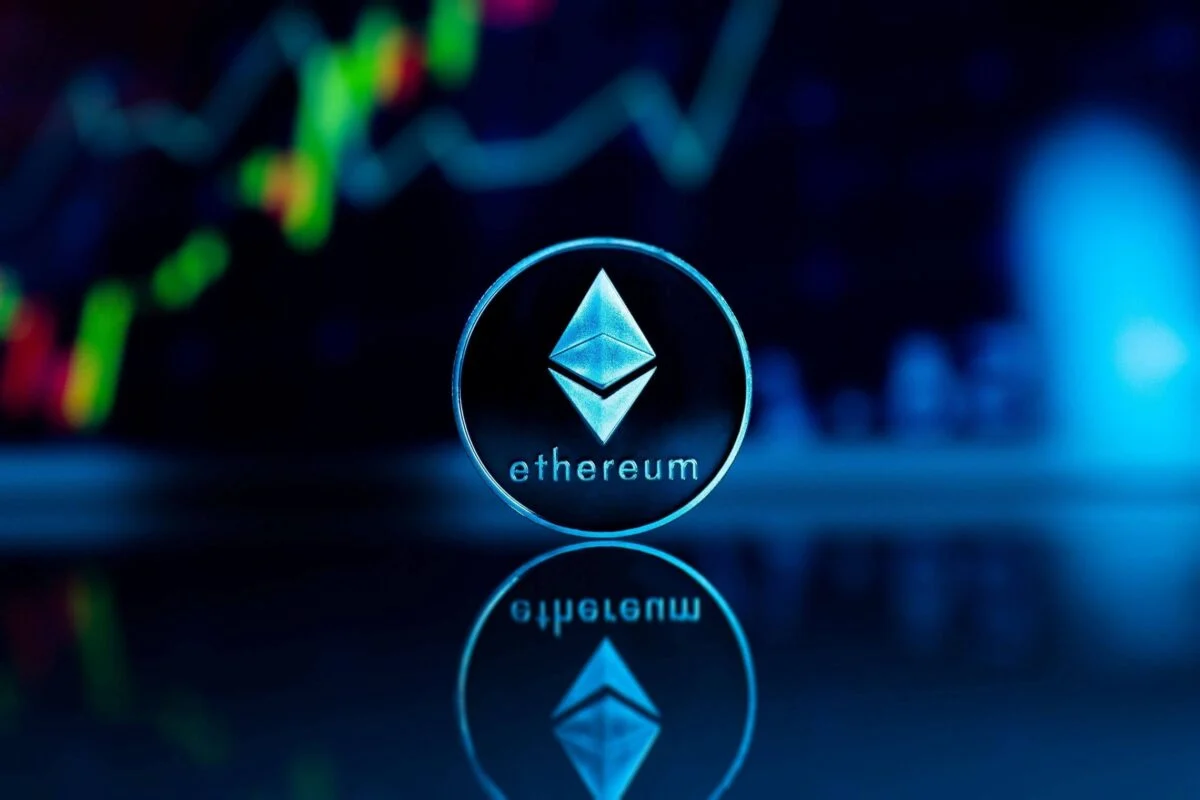Vitalik Buterin celebrates the rise of Ethereum’s second layers and explains his role

Vitalik Buterin, co-founder of Ethereum, expressed his enthusiasm after warning that the second layer (L2) networks of that ecosystem reached the level “Stage 1” according to the evaluation framework of the analysis platform L2BEAT.
In a publication dated August 6 on X, Buterin said: “Amazing to see that so many important L2s are now on Stage 1.”
His comment was a response to the posting of the L2BEAT team, which reported on the same day that six L2 (Base, Optimism, Unichain, Scroll, Ink, and Kinto) have met the necessary updates to acquire the standard Stage 1. Stage 1 is a classification designed by L2BEAT to measure the maturity and decentralization of those second layers, which process transactions outside Ethereum’s main network (L1) to improve their scalability.
This level indicates that L2s have functional testing systems, allow outflows of funds without total operator dependency, and have at least five external actors to verify transactions, marking a step towards decentralization.
This measurement aims to guide projects towards greater autonomy, reducing centralized risks.

The importance of secondary layers according to Vitalik Buterin
Buterin also explained why he considers the L2 essential. In response to a person’s question in X, Why do we need all these chains?” he replied:
They open users who need 300 m slot times without imposing on Ethereum the centralization costs of trying to serve them directly. Let’s work to make this as synergistic as possible with the Ethereum and L1 economics.
Vitalik Buterin, co-founder of Ethereum.
This means that L2 manages fast transactions that T1 cannot process efficiently. The 300 m (0.3 seconds) slot times refer to the interval in which new blocks are generated in some L2, much shorter than the 12 seconds of Ethereum, allowing for higher speed.
Buterin sees in the L2 a way to scale the network without sacrificing its decentralized essence, integrating it as an economic complement to the L1.
Buterin and new targets for L2 Ethereum
Finally, Vitalik Buterin proposed reducing the time it takes for a user to withdraw funds from layer 2 of Ethereum. Today, that process can take up to a week, according to the co-founder of Ethereum, which raises costs and pushes to use less safe methods. His idea is to achieve withdrawals in the future in less than an hour, and in the future, those take only 12 seconds.
To do this, it suggests using a zero-knowledge testing (ZK proofs) technology, which allows you to validate transactions quickly and without the need to trust third parties.
Buterin suggested a hybrid system of 3 degrees that combines ZK, optimistic tests (OP), and reliable execution environments (TEE).
This approach bets that two of these three systems will be trusted (ZK and OP), preventing a single actor from compromising security, while ZK and TEE would offer instant withdrawals in normal cases.









